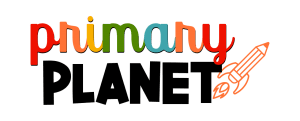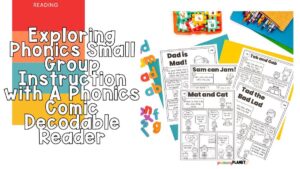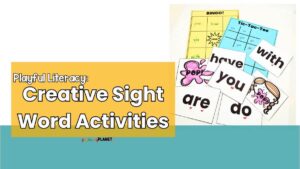
Building Mathematical Comprehension: Chapter 8: Synthesizing Information
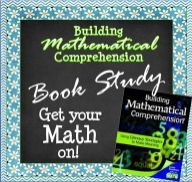
This book is really making me THINK!
Chapter 8 is all about Synthesizing Information. This is one of those strategies that I have always had a tough time explaining to the kiddos.
According to Keene and Zimmerman (1997) compare synthesis, the process of sifting through a multitude of details, focusing on the most relevant and then organizing those ideas, to the meticulous creation of a “mosaic of meaning, a beauty, greater than the sum of each shiny piece.” The author states: “The process of synthesizing information may be the most complex of the comprehension strategies.” (I’ll say!)
So! How does this apply to teaching mathematics?
She goes on to describe five strands or components of mathematical proficiency:
Conceptual Understanding
Procedural fluency
Strategic competence
Productive disposition
Adaptive reasoning
and says that they need to be interwoven and work together to solve problems (essentially synthesizing).
So, What do students need to know about synthesizing? According to Laney Sammons kiddos need to understand that:
So, What do students need to know about synthesizing? According to Laney Sammons kiddos need to understand that:
- Mathematicians are aware of changes in mathematical thinking through additional mathematical experiences.
- Mathematicians synthesize ideas when they consider their new mathematical experiences in light of the existing mathematcial knowledge to construct new meaning.
- Mathematicians understand that syntheseis is the sum of information from new math experiences and existing mathtematical knowledge that leads to new ideas or understanding.
- Mathematicians know their knowledge of math continues to evolve as new information or ideas are encountered.
- Mathematicians can explain how using synthesis helps them to better understand mathematics.
That brings up the question (at least to me) : How in the world do I teach this to children? Of course you will be using modeling and think alouds (these are the only type of modeling jobs I will ever have 🙂 ). I also believe strongly in using something concrete to lead children to abstract ideas. I don’t know if you have ever read Tammy McGregor’s book:  but it has a lot of ideas for using concrete objects to teach comprehension strategies! (You can click on the cover to get your own copy! I would highly recommend this book!)
but it has a lot of ideas for using concrete objects to teach comprehension strategies! (You can click on the cover to get your own copy! I would highly recommend this book!)
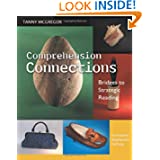 but it has a lot of ideas for using concrete objects to teach comprehension strategies! (You can click on the cover to get your own copy! I would highly recommend this book!)
but it has a lot of ideas for using concrete objects to teach comprehension strategies! (You can click on the cover to get your own copy! I would highly recommend this book!) Anway, Tammy uses nesting dolls to teach synthesis! What a great idea! Another good way to show all of the individual pieces making a whole is by baking a cake (yum)! I found these adorable nesting robots!  They had many different styles on Amazon! Click the picture to check them out!
They had many different styles on Amazon! Click the picture to check them out!
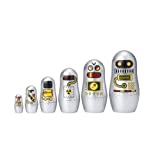 They had many different styles on Amazon! Click the picture to check them out!
They had many different styles on Amazon! Click the picture to check them out!We all know that Problem Solving is a great way to teach math! She also discusses Making Conjectures. The NCTM (2000) Reasoning and Proof standard states that all students should be able to “make and investigate mathematical conjectures”. The CCSS for Mathematical Practice specifies that students “make conjectures and build a logical progression of statements to explore the truth of their conjectures”. (National Governors Association for Best Practices and Council of Chief State School officers 2010). A conjecture according to our author is: “informed guesses and predictions based on observed patterns and relationships that appear to be true but have not yet been tested.” -Sammons 2013.
So, to synthesis this chapter: Children need to solve problems using their current and new mathematical knowledge. Synthesizing strengths mathematical understanding by connecting new and old knowledge about mathematical concepts and procedures. Using concrete examples such as nesting dolls or making a cake can help make this abstract concept a little more concrete!
What are you thinking about this chapter? I would love to know! Pam’s Place is also hosting this chapter on her site, check it out!

Share it:
Email
Facebook
Pinterest
Twitter
- Read more about: Other
